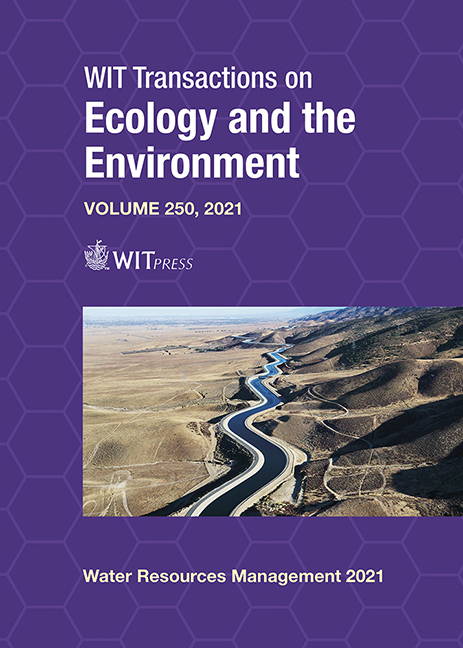COMPARISON OF URBAN RETROFITTING SCENARIOS FOR SUSTAINABLE STORMWATER CONTROL: A CASE STUDY IN MILAN, ITALY
Price
Free (open access)
Transaction
Volume
250
Pages
12
Page Range
131 - 142
Published
2021
Size
367 kb
Paper DOI
10.2495/WRM210121
Copyright
Author(s)
FRANCO RAIMONDI, MARIANA LOBO MARCHIONI, ANITA RAIMONDI, GIANFRANCO BECCIU
Abstract
The traditional approach of stormwater management in urban areas frequently affected by floods has proven to be unsustainable for the growing urbanization scenario as well as not adapted to provide climate change resilience. In the spirit of water sensitive cities, a stormwater management change is necessary, moving from pipe-based conveyance system to solutions able to manage at its source by small scale structures sprawled over the entire watershed, in a collection of systems and practices known as SuDs (Sustainable Urban Drainage Systems). These techniques provide several benefits not only related to risk mitigation but also to water quality and ecosystem services enhancement that make cities resilient also in terms of climate change. Currently stormwater and land use regulations mostly define a flow-limit to reduce discharge on the sewer systems. In this way, however, the search for further benefits is not encouraged. Flow-limit restrictions are obtained through storage control systems designed with design-storm methods that neglects the effect of pre-filling reducing the storage capacity before a new rainfall event. This research compares different stormwater management solutions for a new developed area located in Bresso municipality, in the metropolitan area of Milan (Italy), within the Seveso River watershed. The proposed scenarios go from no intervention to completely avoiding discharge on the sewer network with the implementation of stormwater control structures (permeable pavements, green roofs, retention basins, among others). The storage facilities are designed with a traditional design method and then their performance is evaluated with rainfall-runoff and routing model continuous simulations, also used to compare the different scenarios. The simulations confirm that is possible to reach more restrictive goals beyond the flow-limit regulations using stormwater controls structures that also provide multiple benefits and have significant effects in terms of hydraulic risk mitigation at watershed level. Continuous simulation shows that the effect of chained rainfall events can however reduce controls performance and should be considered when designing.
Keywords
urban retrofitting, spatial planning, sustainable drainage systems (SuDs), flood risk mitigation





